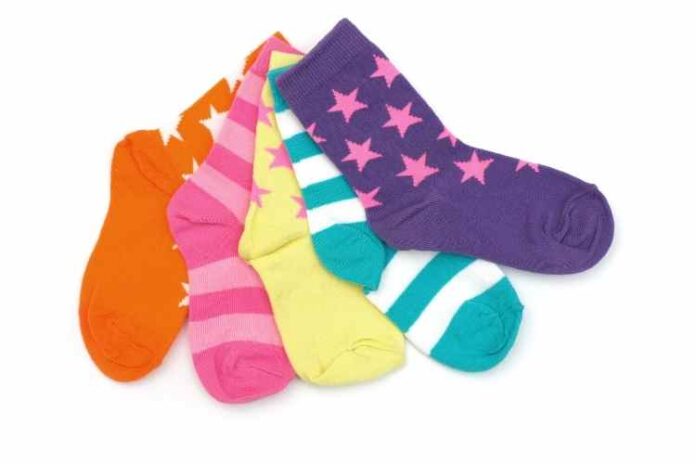Socks are an essential part of anyone’s clothing. Consider your existence without a pair of socks; isn’t it difficult? Isn’t it amazing, therefore, that the majority of people know nothing about them? Socks keep the feet warm, and they come in a variety of designs and lengths to fit any shoe/pant combo.
So, before you buy a pair of ankle socks online, for instance, let’s explore the purpose of socks in the first place and how they evolved over the years:
What Was the Purpose of Socks?
Not surprisingly, socks were created with the sole purpose of keeping people’s feet warm. The purpose of socks changed as they were made and the fabrics they were made with modified.
Socks went from a protective garment for the feet to a status symbol worn solely by royalty. As such, they were created for a reason. And here are just a few of the numerous reasons:
Health
Socks were created with the health of people in mind. In reaction to previous death rates, their feet need some type of clothing to guarantee that they remain comfortable and safe in any season. As such, the two most important factors are as follows:
- Protection
- Warmth
Peasants worked outside all day and needed to protect their feet from the elements, such as snow and rain. Also, because interior heating had not yet been created, socks were required to keep people’s feet warm while indoors.
In the winter, socks were essential for keeping feet warm and preventing frostbite. Frostbite could indeed kill you back then if you didn’t have access to modern medication.
Making a Fashion Statement
Socks were no longer worn as a functional item throughout the Middle Ages but as a fashion statement. The latest fashion was brightly colored socks, and they used to terminate at the ankle. However, as trousers became shorter, they climbed higher and higher until they reached the level of the person’s knee.
Symbol of Status
As the demand for socks grew, so did the price of socks. Socks had become so costly that they were only worn by privileged households who could afford them. As such, when someone was seen wearing socks, they were immediately connected with the upper class.
Socks were also an indication of a person’s riches because of the textiles used to make them. For instance, silk socks were connected with prosperity, whereas wool socks were associated with poverty.
Wool socks were mainly worn by peasants since they were inexpensive to purchase and kept their feet warm. Silk socks were costlier, and they were only worn by nobility and other wealthy households.
When Did Ankle Socks Become Popular?
Ankle socks were one of the unique women’s fashion trends of the 1980s. Anklets were the name for these stockings, usually designated for little girls. They were renamed ankle socks to make them more mature for the significant females who wore them.
Ankle socks were coupled with odd pairings, like high-heeled shoes. They might also be worn with low-heeled or tennis shoes, but the result would be different. High-heeled shoes were usually paired with a pair of lace ankle socks.
Clothing of the 1980s was more form-fitting, especially for jeans, and had more ankle room to show. You couldn’t simply leave that skin unadorned in authentic 80s flair, as you had to “accessorize” it.
Ankle socks were typically white with a variety of embellishments. Lace, beads, colors, and other trim types were used to decorate them. Meanwhile, because pants were frequently tapered, the ankle sock stood out prominently.
Before you embark on a journey of buying socks types, like ankle socks online, you have to appreciate the history of socks. And as you have read, socks have a lot of history, and their meaning and usage have evolved over the ages.








